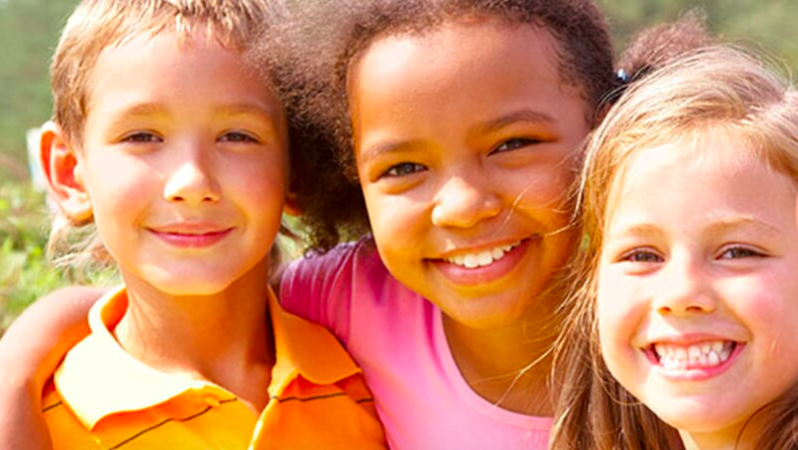Fostering Self Actualization in Children
When we think of human behavior, we often first focus on the problems or deficits that people have and how this could affect their future achievements, or lack thereof. Rarely is the first thought about what motivates someone and how to utilize that motivation to help them grow and develop. The development of Abraham Maslow’s “Hierarchy of Needs” created a shift in psychology towards greater consideration of the role of motivation in human behavior.
When Maslow created his “Hierarchy of Needs,” his goal was to look at human behavior from a different perspective. All other schools of thought at that time were focused on the problematic behaviors of humans. Maslow’s viewpoint challenged professionals to approach behavior modification with a more positive outlook.
Maslow’s hierarchy is most often displayed in a pyramid shape, indicating that the basic needs must be met before the next level of needs can be addressed or more complex goals can be achieved. While the pyramid helps us to visualize Maslow’s thinking, the implications can be very rigid. The theory states that the basic needs, such as food and water, of an individual need to be met before they will desire a need for the next level concerning safety and security. After those most basic needs are met, individuals then seek friendships and a sense of accomplishment. Upon achieving these “psychological needs”, the person can then begin to fulfill their potential.
Although Maslow’s theory was groundbreaking, with any scrutiny at all we can see that it is best to interpret the hierarchy with a more fluid approach. (Who among us would choose to eat our fill while the remaining members of our family went without? Humans are such social creatures that we will even forego our most basic need for food just to maintain connection.) Maslow only developed the pyramid to help give an overview. He never intended for those studying and using it to say that the bottom most levels would need to be fulfilled before the higher levels. While it may be true in some cases that the bottom level of needs on the pyramid need fulfilling before the upper levels can be addressed, it certainly is not the case for all people in all scenarios. What is necessary is for each need or level to be fulfilled in various ways and degrees. The road to self-actualization isn’t one-size-fits-all; it is highly individualized.
The Krav Junior program was founded on research-based principles of child development and psychology. One of these principles is that not all individuals are the same, and that there is no cookie-cutter approach to helping children become the best version of themselves. What we must do is educate ourselves on what to expect from them at different ages so that we can use that knowledge as a guideline to help foster children’s growth.
When we meet children where they are in their stage of individual development, they thrive and are happier and more satisfied in their own development. This gives them the confidence to work towards higher goals. And since the instructors in the Krav Junior program are highly trained in the areas of child development and psychology, they recognize that one child may have a strong need for a feeling of accomplishment where another child, at the same age, may value friends more than achievement. We meet each child where they are.
Focusing on the positive qualities that each individual possesses and the positive behaviors that each individual exhibits will help that individual to achieve satisfaction and personal grown, thus assisting them along their path of self-actualization. This is especially true when working with children because they still depend heavily on guidance from their parents and role models. The more encouraging that guidance is, the more confident children will be in the pursuit of their goals.
Source: SKILLZ


Comments are closed.